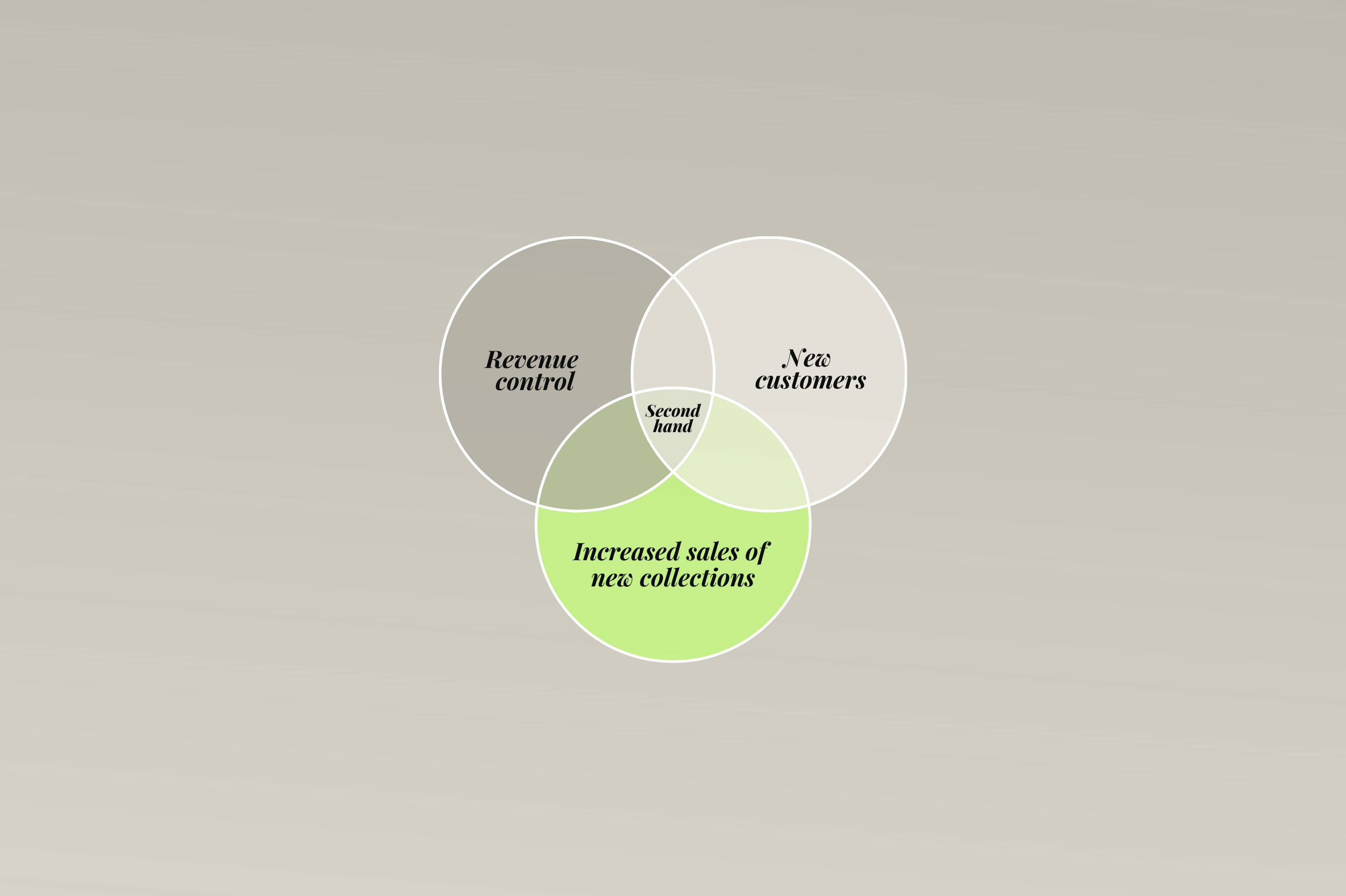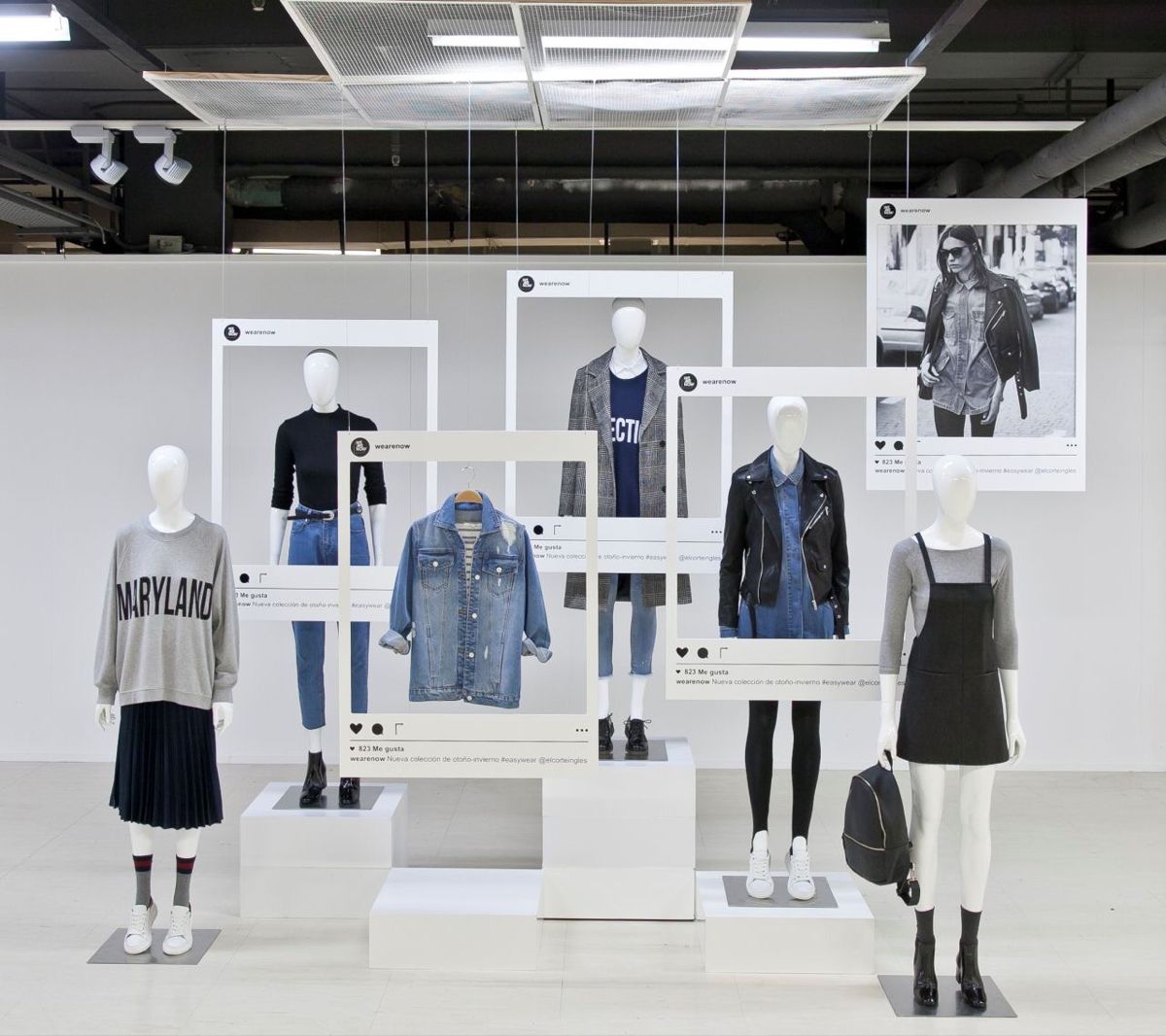Haute Couture is redefining a garment’s lifespan
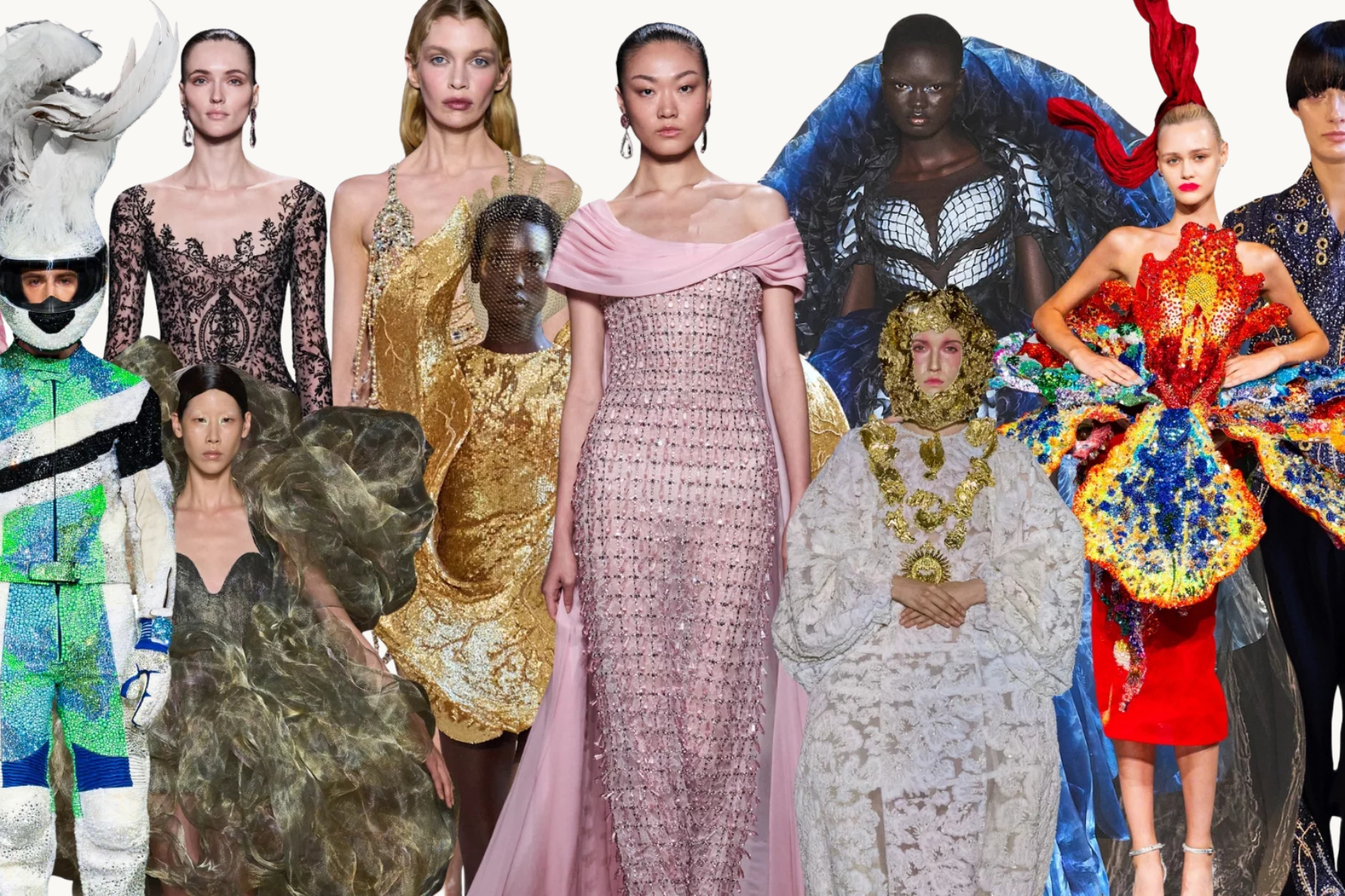
A paradox that’s becoming a cultural signal
The Autumn-Winter 2025–2026 Haute Couture Fashion Week revealed a striking paradox. It brought together the pinnacle of craftsmanship, unique pieces crafted over months, with an increasingly assertive focus on sustainability. Even in this world of exception, long timelines and material consciousness emerged as priorities.
This paradox is far from anecdotal. It signals a cultural shift: a growing belief that fashion can no longer ignore its responsibility — and that circularity, far from limiting creativity, is becoming a new driver of inspiration and desirability.
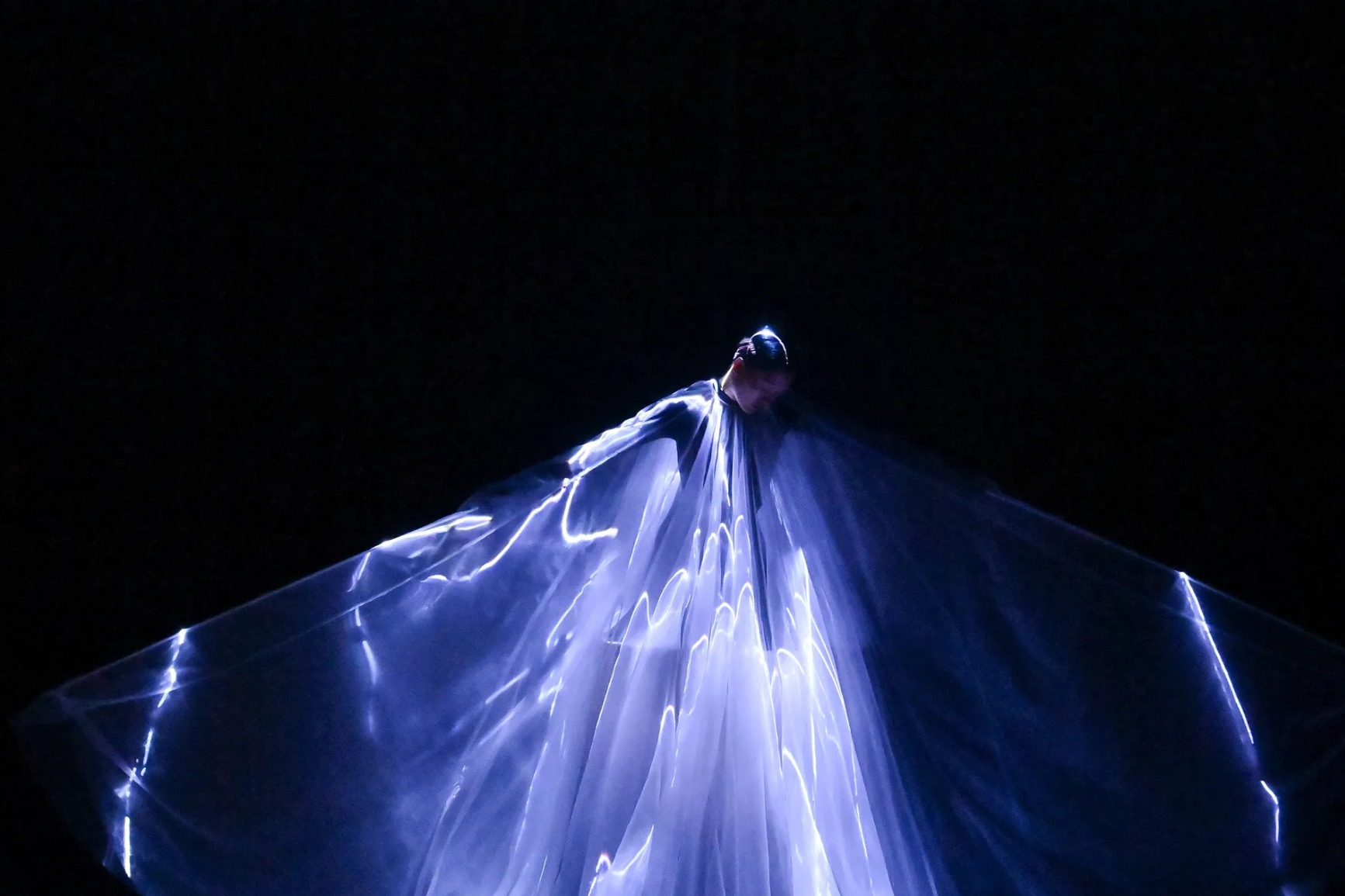
Iris van Herpen: innovation in service of the living
Iris van Herpen’s show captured this ambition with rare intensity. Her biomimetic gown, made from 125 million bioluminescent algae, brought to life a silhouette that felt almost organic.
More than a technical feat, the piece challenges our relationship with materials. Van Herpen experiments with biodegradable biomaterials, protein-based fermented fibers, and processes designed to reduce environmental impact, without compromising artistic ambition.
By embracing this hybrid between nature and couture, she offers a vision of fashion as an ecosystem rather than a disposable production cycle.
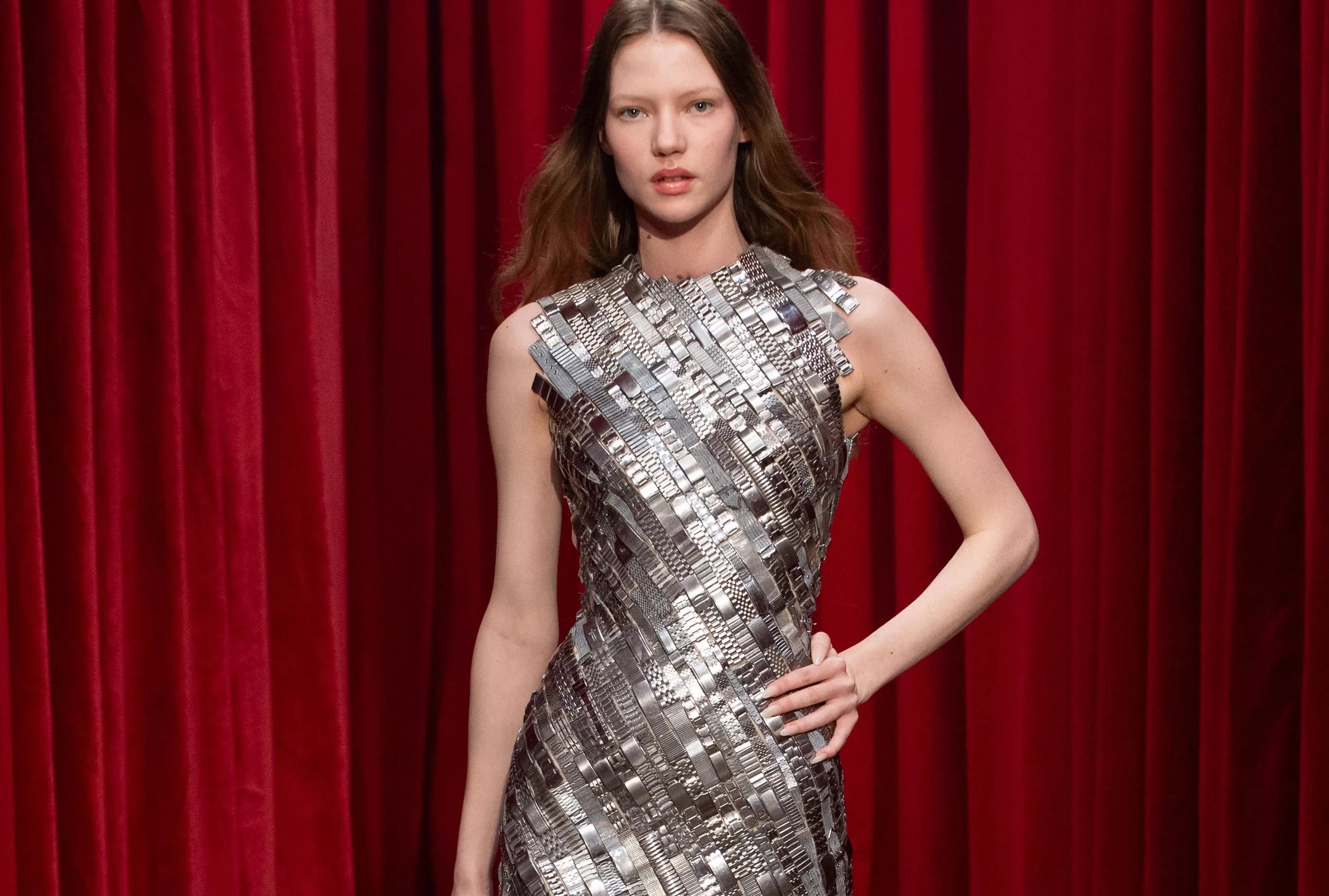
Marine Serre: upcycling as an aesthetic language
Marine Serre continued her exploration of circularity with a striking gown made from 150 recycled watch straps.
This piece is more than a statement, it proves that upcycling can become a distinctive signature, both visually and symbolically. In a world still dominated by virgin materials, Serre offers a different narrative: one where reuse becomes a powerful creative force.
Her approach echoes a growing shift in consumer mindset, a desire to buy less, but better, and to choose pieces that carry meaning over mere novelty.

Kevin Germanier: joyful, circular couture
The final day of Fashion Week was marked by Kevin Germanier’s show, closing the season with a collection entitled Les Joueuses. True to his DNA, the Swiss designer unveiled radical silhouettes built from reclaimed materials, transformed into spectacular pieces.
Standout looks included a wedding dress made from recycled Japanese paper, sculptural volumes created from discarded balloons, and embellishments crafted from secondhand garments reimagined as ornate details.
Germanier shows that couture can be a space for circular experimentation, without sacrificing creativity or boldness. His hybrid, celebratory approach reminds us that a garment can be both spectacular and responsible, both precious and purpose-driven.
Rarity as an antidote to disposability
Haute couture is, by definition, a realm of rarity, limited volumes, confidential craftsmanship, and timelines that stretch over months. A logic that stands in stark contrast to hyperconsumption.
This model isn’t meant to be replicated as is. But it serves as a reminder: a garment designed to last, whether a one-off piece or a reworked creation, carries strong symbolic value. Circular fashion draws from the same idea: extending the life of materials, restoring meaning to the act of buying, and rejecting the notion that products are destined for built-in obsolescence.
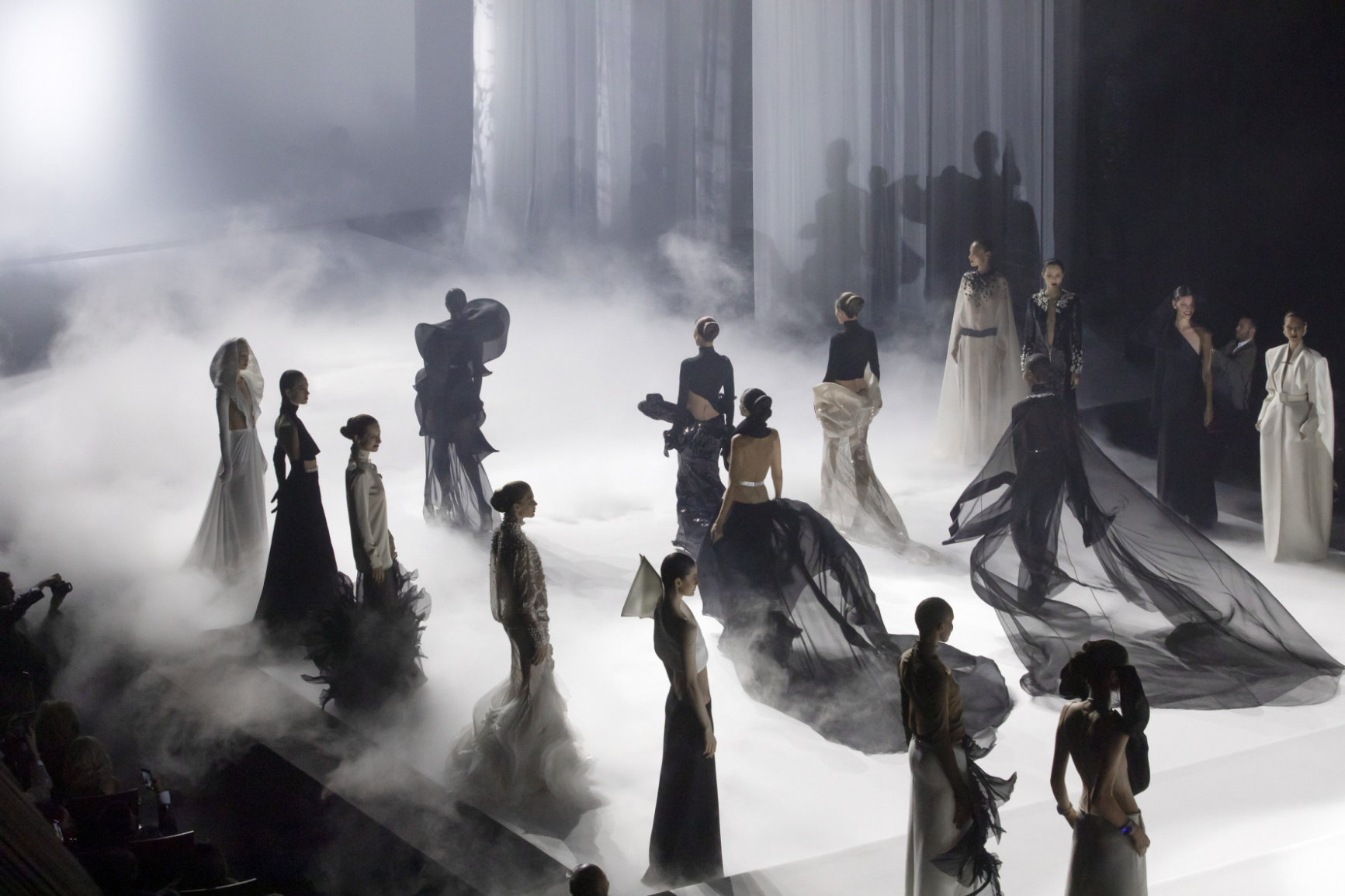
A source of inspiration for the entire industry
This past Fashion Week didn’t shy away from its contradictions. It spotlighted a form of couture often seen as elitist, yet now willing to engage with climate urgency and societal expectations.
For brands, it sends a clear cultural signal: circular innovation is no longer peripheral. It’s becoming a shared language, one that flows through the entire value chain, from creation to reuse.
By drawing from these experiments, circular fashion can claim a bold ambition: to unite desire, distinctiveness, and responsibility. Because these are the narratives that give garments the legitimacy to exist beyond a single season.
Redefining desirability
These examples serve as a reminder that a garment is never just functional. It’s a fragment of culture, a marker of belonging, a projection of values. When Germanier turns discarded materials into textile sculptures, or when Marine Serre assembles recycled watch straps into couture, they reveal a key principle: what has already lived can be more desirable than something with no story at all.
Circular fashion taps into that dynamic, offering new ways to buy, extending the life of products, and valuing memory over ephemerality.
In conclusion
Autumn-Winter 2025–2026 doesn’t mark a sudden revolution. But it reinforces one clear idea: sustainability is no longer just a commitment. It’s a creative and strategic territory, one that opens up new possibilities for those who see fashion as an ecosystem.
Because perhaps true luxury, tomorrow, will be defined by one thing: the ability to last.
Stay ahead of the game!
Sign up to FAUME's The Secondhand Review newsletter
Read inspiring stories from brands that have successfully launched their secondhand businesses with FAUME


